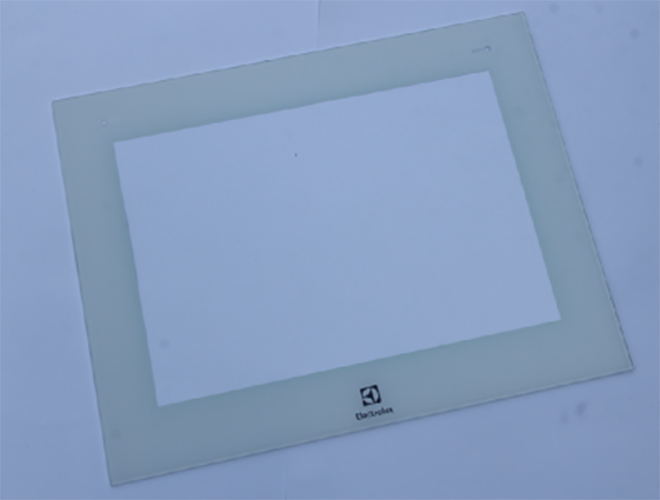During our webinar titled “Hygiene in High-Risk Food Production: Keep it Clean and Chill,†Deb Smith from Vikan and David Buckley from Diversey explored the main hygiene and sanitation challenges in high-risk food production environments, along with practical solutions.
One of the highlights of the session was the number of insightful questions we received from participants. While we couldn’t address them all during the live event, our team followed up with detailed responses via email. Below are five of the most frequently asked questions, which we believe will be of great interest to you. Some have been edited for clarity and brevity.
1. Is dry cleaning recommended for high-risk food facilities?
The effectiveness of dry cleaning depends on whether it can adequately reduce the hazards you're targeting to an acceptable level. Only your team can determine that based on your specific needs and risk assessments. If a dry sanitation protocol is validated through performance testing and monitoring, then yes, it can be a viable option. However, achieving optimal results may be more difficult with dry methods alone.
We still recommend using dry or low-moisture techniques before wet cleaning to remove bulk soil. This reduces water usage, lowers costs, and minimizes contamination risks. Common dry methods include:
- Alcohol-based cleaners
- Air guns
- Fogging or misting
- Heating
- Dry ice blasting
- Microfiber cloths
2. Should enzymatic cleaners be used?
Enzymatic cleaners can offer benefits when used correctly, but their effectiveness depends on the formulation and application. The majority of the cleaning power comes from other ingredients like surfactants, while enzymes work over time and require specific conditions such as temperature and pH.
Before purchasing, ask the manufacturer about usage parameters and ensure they align with your sanitation goals. For example, some enzymatic products only work with cold water, which may limit their use in certain settings.
For further guidance, contact David Buckley at david.buckley@diversey.com.
3. Are there special tools that are more effective for high-risk areas?
Cleaning tools play a crucial role in maintaining hygiene. Poorly designed tools can become sources of contamination. It's important to choose tools that are easy to clean and meet food safety standards like BRCGS and FSSC22000.
Look for tools with features like smooth surfaces, no sharp edges, and one-piece construction. Vikan’s Ultra-Safe brushes and Ultra-Hygiene squeegees are excellent examples of hygienically designed tools.
Proper cleaning, storage, and maintenance are also essential. For more information, visit Choosing Hygienically Designed Cleaning Tools (ipaper.io).
Contact Deb Smith or Amit M. Kheradia for more details.
4. What cleaners are suitable for organic-certified sites?
The National Organic Program (NOP) has strict guidelines, and there are few NOP-compliant cleaners available. However, not all surfaces require special cleaners—especially non-food contact areas like floors and drains.
For food contact surfaces, consider using Peroxyacetic Acid (PAA), which is commonly used as a no-rinse sanitizer. Look for products with the EPA Safer Choice stamp if you're seeking eco-friendly options.
For more advice, reach out to David Buckley at david.buckley@diversey.com.
5. How can Vikan and Remco help with hygiene challenges?
Vikan has over 125 years of experience in providing hygienic cleaning tools. After acquiring Remco, we now offer a wide range of cleaning and material handling equipment.
To support your hygiene program, explore our website, sign up for our newsletter, or schedule a free site survey with one of our experts. Our Virtual Site Survey Service recently won a prestigious award from the Society of Food Hygiene and Technology (SOHFT).
Visit www.vikan.com or contact us directly for assistance.
Disclaimer: The answers provided are the opinions of hygiene experts and should not be interpreted as endorsements of any product or service. Always conduct your own risk assessment and develop your own control measures.
- Deb Smith – deb.smith@vikan.com
- David Buckley – david.buckley@diversey.com
Recent blog posts
The Use of Sponges and Scourers for Cleaning
A question we get asked often is about the use of sponges and scourers for cleaning. In the food industry, the answer always depends on a proper risk assessment.
Making Way for 2023 - Food Safety and Sanitation Ends With a Strong Note In 2022
2022 was a challenging year, marked by ongoing pandemic concerns, global conflicts, and economic uncertainty. Despite these challenges, the food safety and sanitation sector made significant progress.
From the Sales Desk: Virtual Site Surveys
As a product specialist and hygiene expert, I often assist clients with virtual site surveys using advanced tools like the Microsoft HoloLens to enhance collaboration and efficiency.
The original brand-new door glass is damaged upon arrival and reissued free of charge. This is a white furnace door glass. It is simple and matched. In fact, it is super strong, not easy to break, and has a long life. The glass is made of Tempered Glass, which is heat-proof and explosion-proof. One-piece molding, multiple specifications, high projection light, no seams. Increase thicker. Microwave use, oven use. Beautiful and practical, you can see all kinds of delicacies in your noodles. And easy to clean, strong shock resistance, scratch resistance, wear resistance. Ignore the high temperature resistance, even if it is directly heated to high temperature, there is no need to worry about explosion. The glass adopts one-piece molding technology, no joints, and more beautiful and durable. Durable. We also have different specifications of tempered glass, support customization and processing, all at your service, we are a glass manufacturer, worthy of your trust.
We are China Oven Glass, Oven Glass Replacement manufacturer, choose the high quality Oven Door Glass Replace, Oven Door Glass Shattered, etc.

Oven Glass,Oven Glass Replacement,Oven Door Glass Replace,Oven Door Glass Shattered
WCH Temper Glass Co., Ltd , https://www.temperglasswch.com
